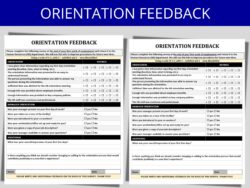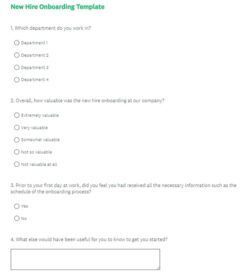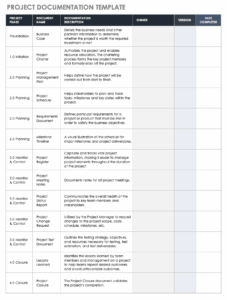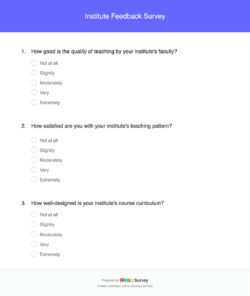Understanding what your students truly think and feel about their university experience is absolutely crucial for any institution aiming for excellence. It is not just about rankings or reputation; it’s about fostering an environment where students can thrive academically, personally, and professionally. When universities listen, they can identify pain points, celebrate successes, and most importantly, make data-driven decisions that genuinely improve the student journey from orientation to graduation.
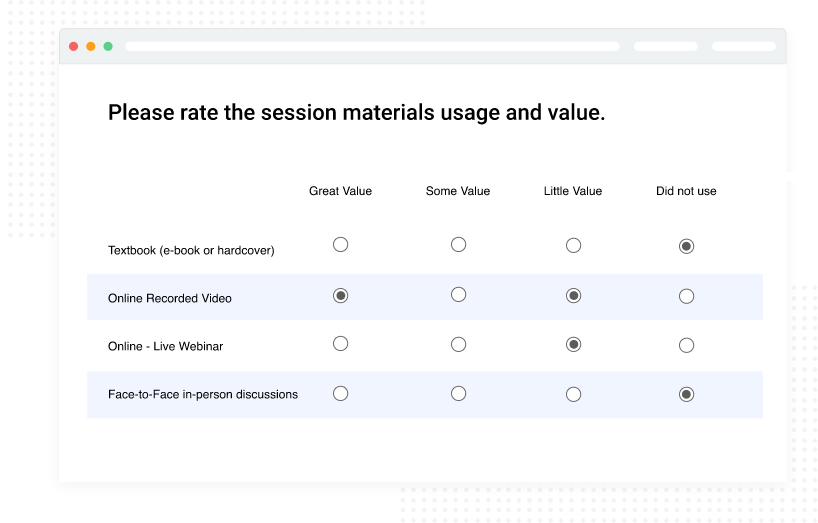
This commitment to listening is precisely why a well-crafted university student satisfaction survey template becomes an invaluable tool. It provides a structured way to gather comprehensive feedback across various aspects of campus life, ensuring no stone is left unturned. By systemizing this process, you gain insights that are consistent, comparable over time, and actionable, moving beyond anecdotal evidence to concrete understanding.
The Core Components of an Effective Student Survey
When you set out to create a survey that truly captures the student pulse, it is essential to think about all the different facets of university life they interact with. A robust survey isn’t just a handful of questions; it is a carefully designed instrument that delves into academic quality, campus services, social environment, and overall well-being. The goal is to paint a complete picture of the student experience, highlighting areas of strength and identifying opportunities for growth.
Consider starting with questions that cover the academic realm, as this is often the primary reason students attend university. Are the courses engaging and relevant? Do students feel supported by their professors? Is the curriculum challenging yet accessible? These questions can reveal much about the quality of instruction and the learning environment. Moving beyond academics, it is vital to inquire about the support services available, such as career counseling, mental health services, and academic advising, as these play a significant role in student success and retention.
Key Areas to Cover
To ensure your survey is comprehensive, consider including questions that touch upon these critical aspects:
- Academic Programs and Curriculum: Clarity of learning outcomes, relevance of content, quality of instruction.
- Faculty and Staff Engagement: Accessibility of professors, helpfulness of administrative staff, their commitment to student success.
- Campus Facilities and Resources: Libraries, labs, recreation centers, dining options, and technology infrastructure.
- Student Support Services: Advising, career services, counseling, health services, and disability support.
- Campus Life and Environment: Safety, inclusivity, social opportunities, student organizations, and a sense of belonging.
- Financial Aid and Affordability: Clarity of aid information, perceived value for money, and financial stress.
- Overall Satisfaction and Likelihood to Recommend: A general measure of satisfaction and advocacy.
Finally, always include open-ended questions. While quantitative data tells you “what,” qualitative data tells you “why.” Allowing students to express themselves in their own words can unearth insights you might never have thought to ask about, providing invaluable context and highlighting unique experiences.
Implementing Your Survey for Maximum Impact
Designing a fantastic survey is only half the battle; the real magic happens when you effectively implement it and act on the feedback received. Think about the timing of your survey distribution. Should it be mid-semester, when students are deeply immersed in their studies, or closer to the end, when they can reflect on the entire term? Often, a strategic window will yield the most thoughtful and comprehensive responses. Ensuring the survey is easy to access, perhaps through email links or campus portals, and emphasizing confidentiality will encourage higher participation rates.
Once the responses start rolling in, the next crucial step is rigorous data analysis. It is not enough to just collect data; you need to understand it. Look for trends, identify outliers, and segment the data by demographics like year of study, major, or international student status to uncover specific insights. For example, do first-year students express different needs than final-year students? Are certain departments consistently rated higher or lower in specific areas? This kind of detailed analysis will pinpoint exactly where improvements are most needed and where the university is excelling.
Acting on the feedback is where your survey truly delivers value. Share key findings with relevant departments and stakeholders, from academic deans to student services staff. Develop clear action plans based on the insights. If students are consistently struggling with course registration, for instance, this feedback should lead to a review and potential overhaul of the registration process. Transparency is also key; communicate back to the student body about what you learned and, more importantly, what actions are being taken as a direct result of their input.
Think of the survey process as an ongoing conversation, not a one-off event. Regularly reviewing student satisfaction allows your institution to be agile and responsive to evolving student needs and expectations. By embedding student feedback into your institutional culture, you create a continuous loop of improvement that benefits everyone. This commitment to listening and responding transforms the university experience, making it more relevant, supportive, and enriching for every student who walks through your doors.
